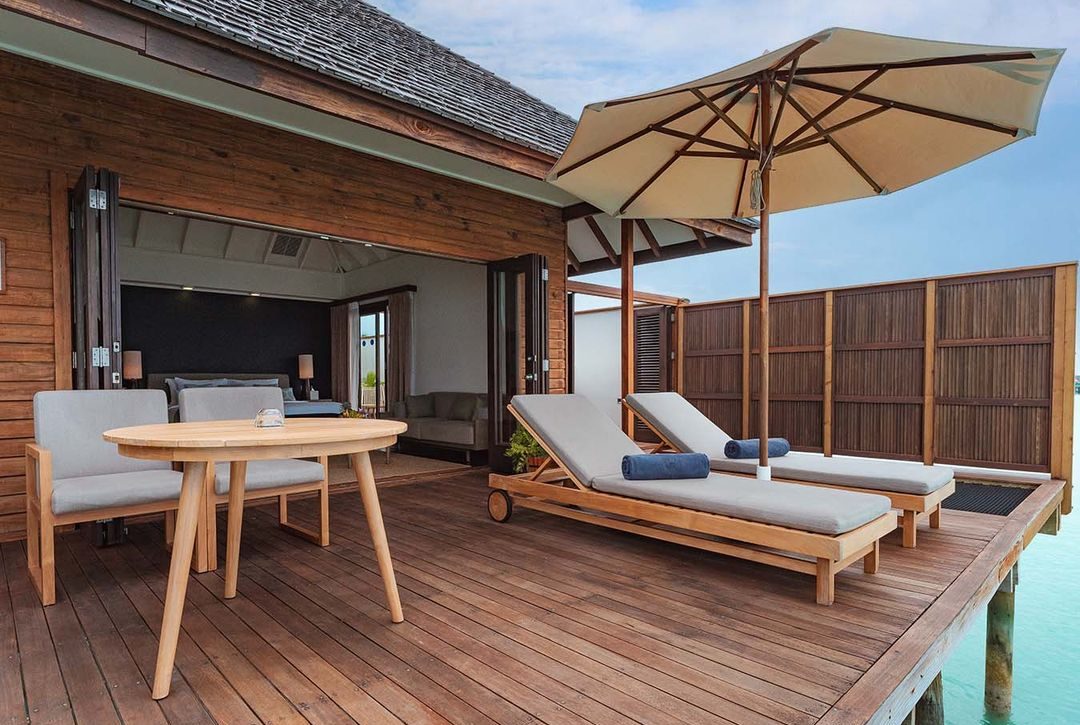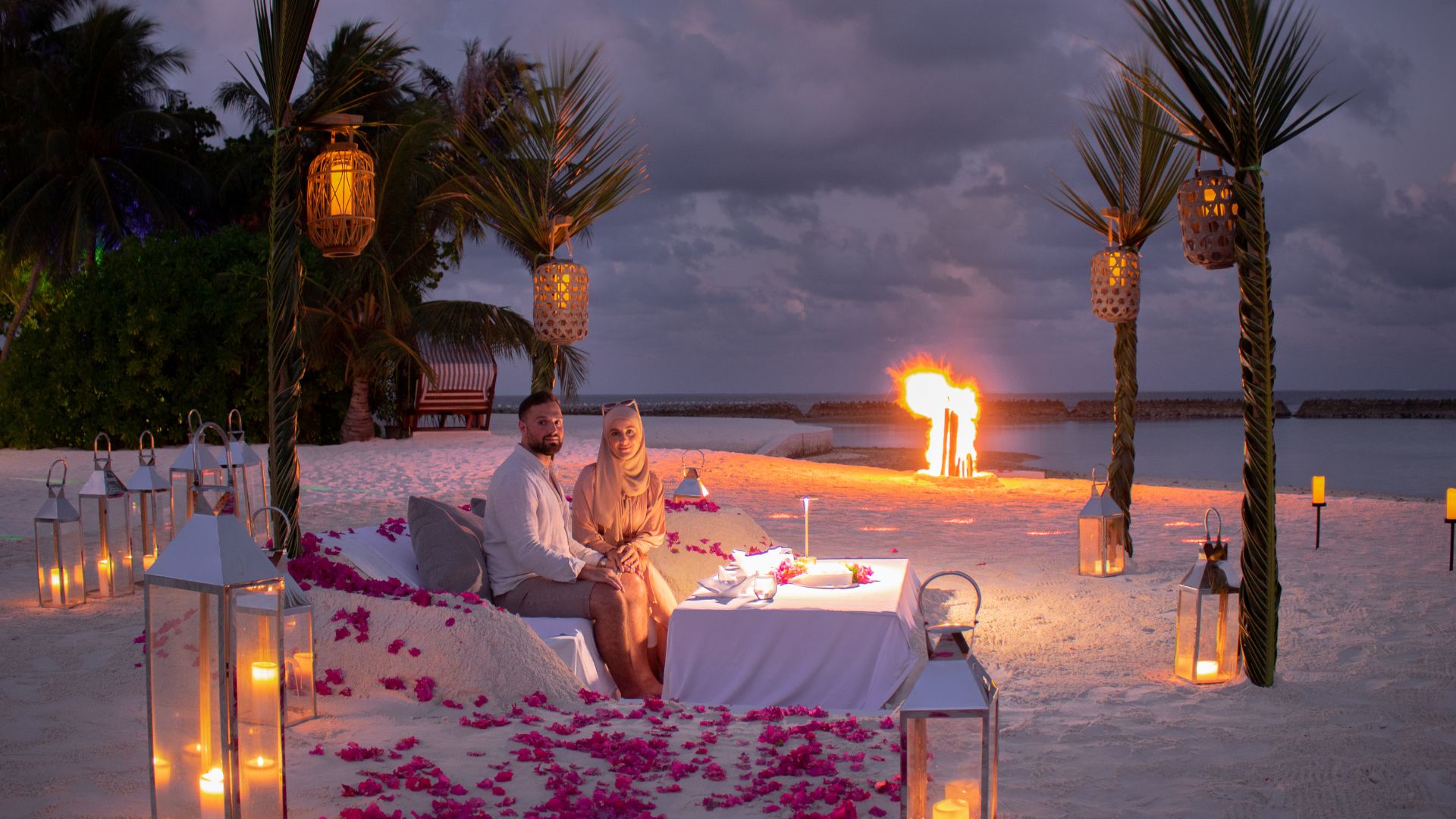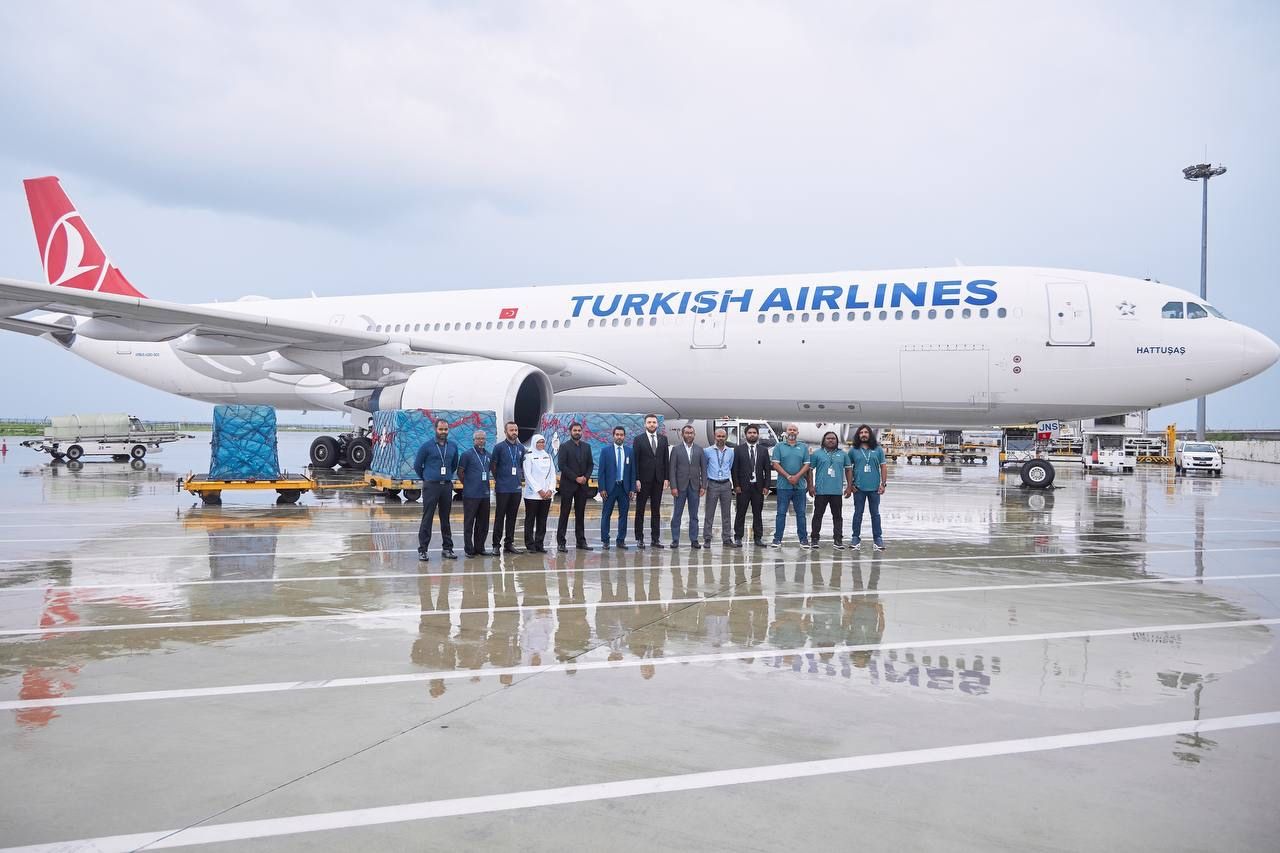As Patina Maldives embraces the serene nature of the Maldives, it unveils sustainability initiatives, which shape a legacy of positive influence on both people and the planet.
Unveiling Turtle Identities
In collaboration with the Olive Ridley Project, the resort has identified and introduced seven unique individuals into the Olive Ridley Project’s turtle database. Patina Maldives identifies the turtles by photographing and analyzing the distinct pattern adorning both sides of their faces. These efforts have uncovered an undiscovered turtle within the waters of the Fari Islands. Seven Hawksbill turtles, listed as critically endangered have been included in this identification effort.
The Ghost Net Project
Through the dedicated efforts by Patina Maldives, the resort has recorded ghost nets. This effort in Patina Maldives is able to alleviate a significant threat that is posed to the resort. The workshop also aims to educate guests about marine conservation and the devastating effects of ghost nets.
Patina Maldives has managed to reclaim over 2000kg of ghost nets through this project so far. These ghost nets are then upcycled and transformed into souvenirs. These efforts have left to Patina Maldives resort facilitating 157 workshops and crafting over 450 bracelets.
Coral Conservation
Utilizing 62 frames hosting over 4000 coral fragments and nurturing 12 fish species, Patina Maldives was able to reach ambitious goals in 2023. The resort Coral Ceramics Project creatively utilised ceramic structures, transforming discs into domes to enhance coral attachment.
Empowering Communities for Environmental Preservation
At Patina Maldives In addition to 14 island clean-ups, 3 ocean clean-ups were also hosted. Together with the guests, Patina Maldives has removed over 3216 kgs of waste in 2023 alone.
Together with travellers, Patina Maldives is set to create a cleaner, healthier planet for generations to come.







